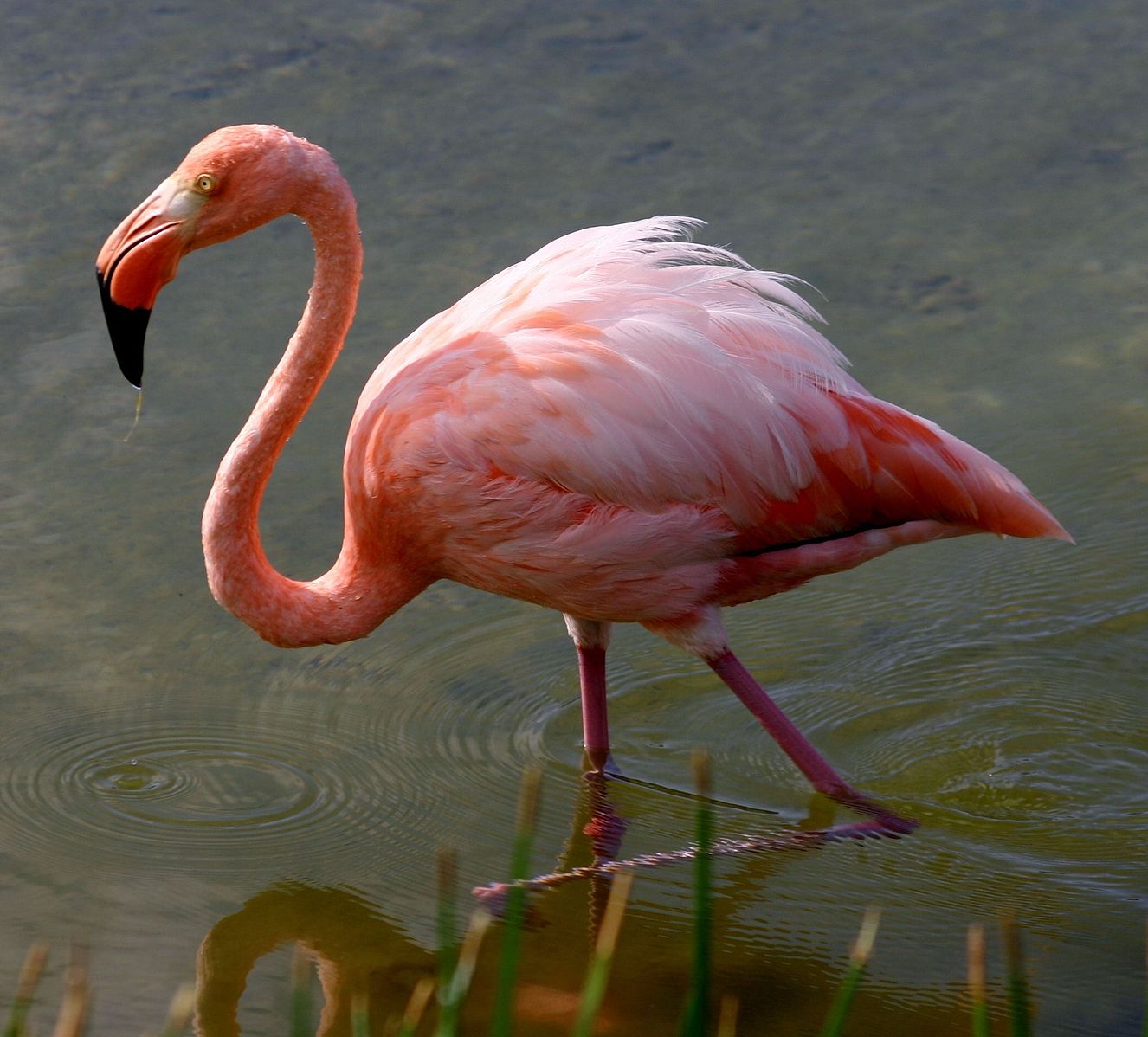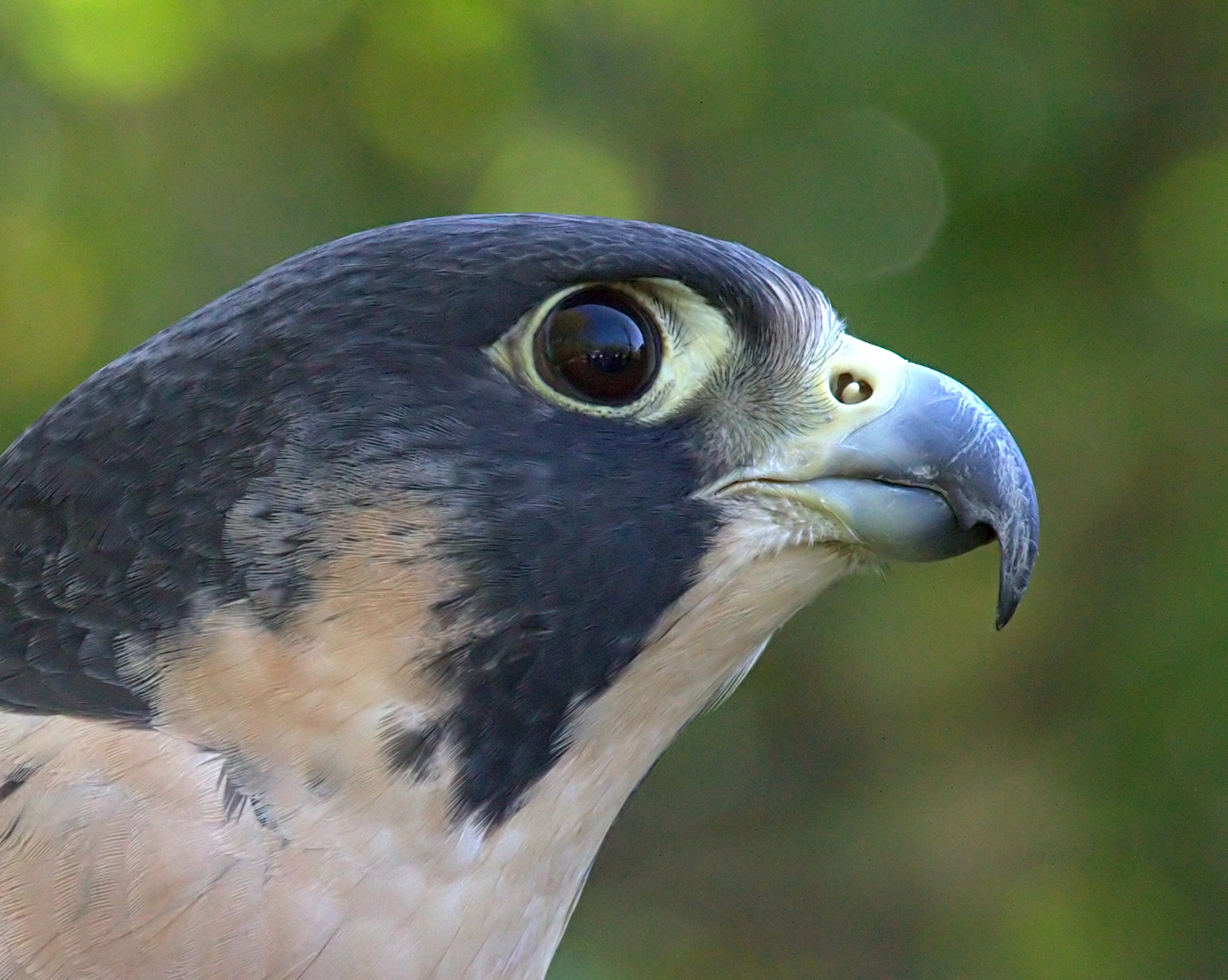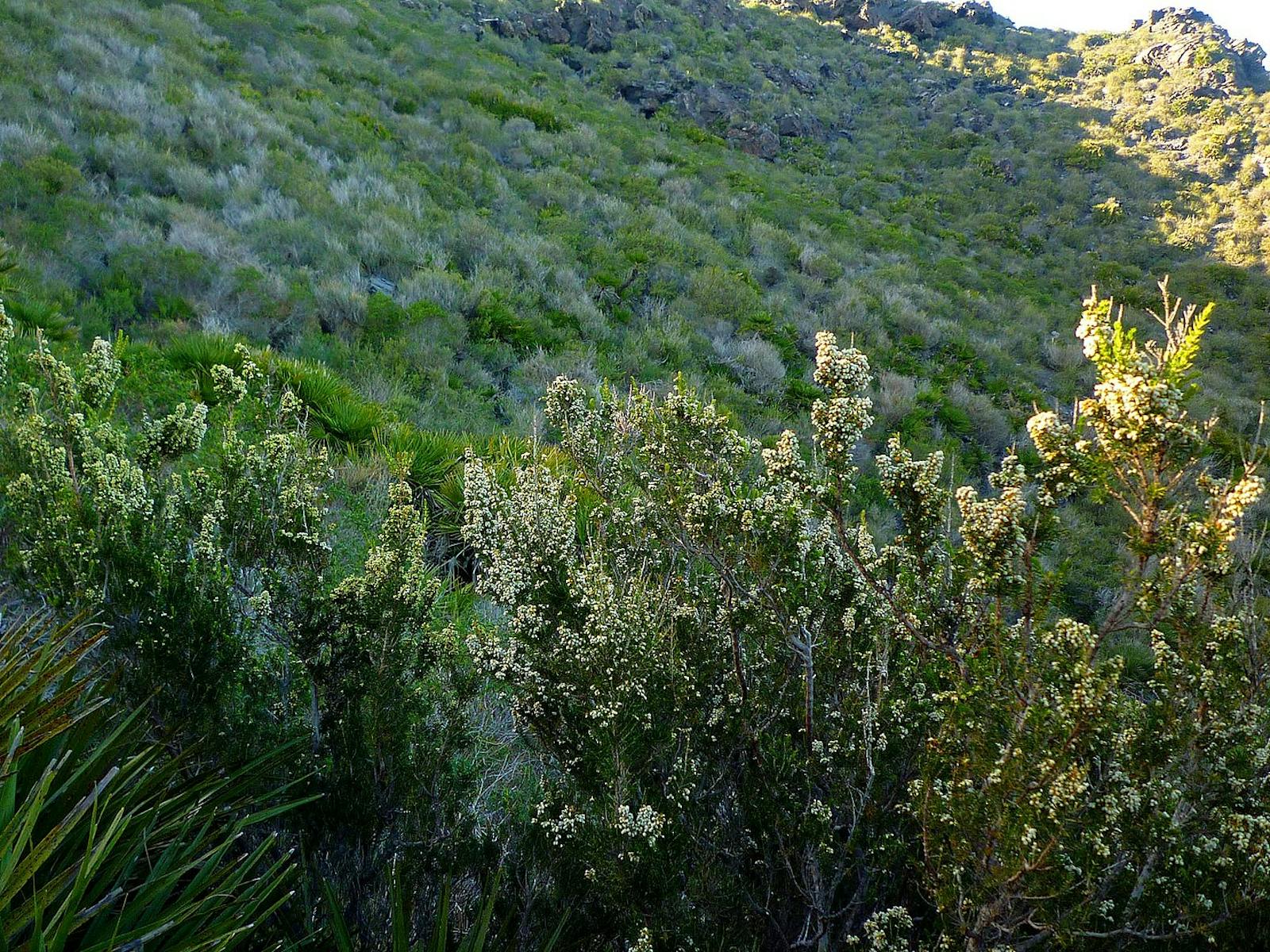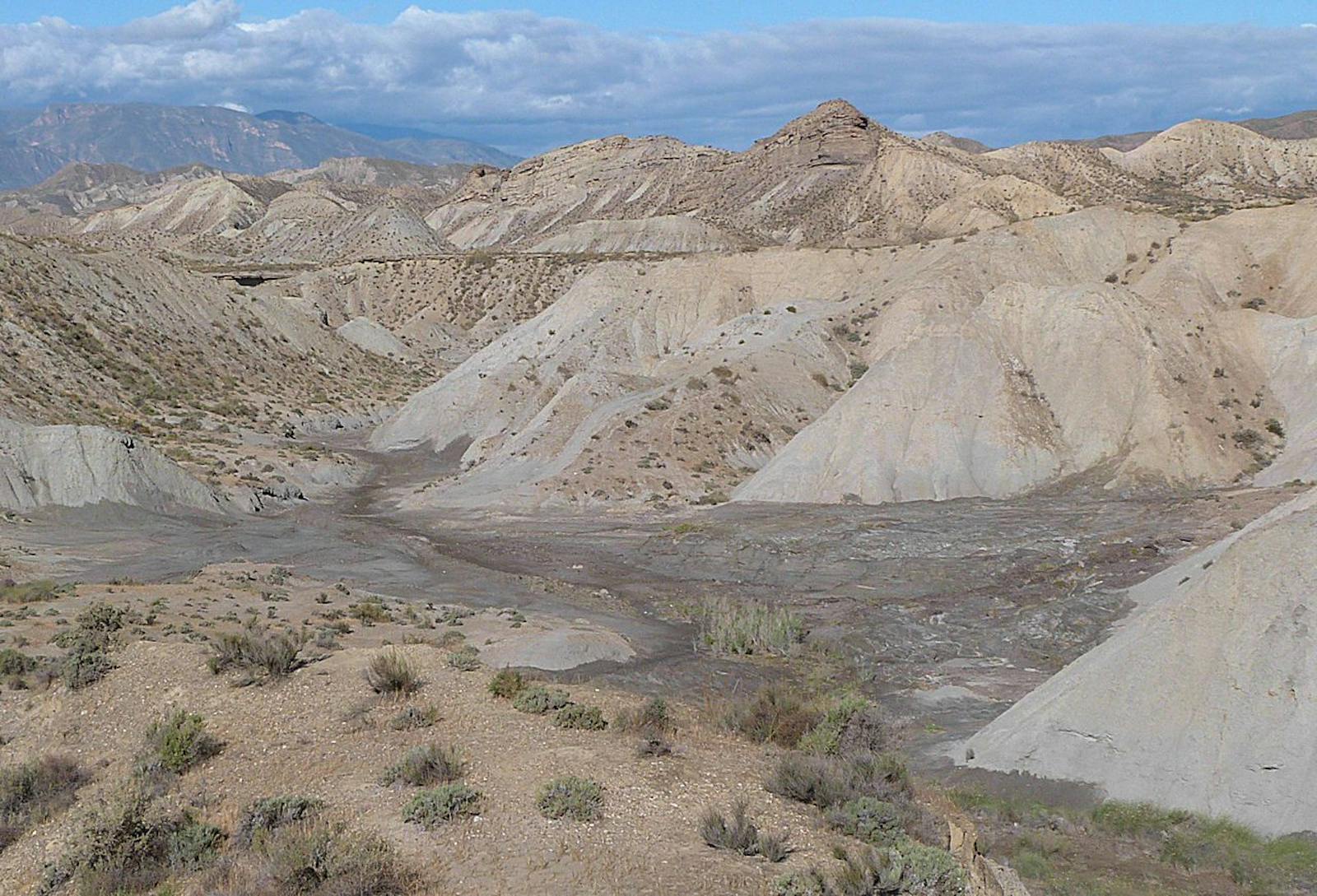Southeastern Iberian Shrubs and Woodlands
The ecoregion’s land area is provided in units of 1,000 hectares. The conservation target is the Global Safety Net (GSN1) area for the given ecoregion. The protection level indicates the percentage of the GSN goal that is currently protected on a scale of 0-10. N/A means data is not available at this time.
Bioregion: Balearic Sea & West Mediterranean Mixed Forests (PA20)
Realm: Western Eurasia
Ecoregion Size (1000 ha):
287
Ecoregion ID:
803
Conservation Target:
38%
Protection Level:
10
States: Spain
Being the most arid place in Europe, the Southeastern Iberian Shrubs and Woodland ecoregion has exceptionally high numbers of plant species, often more reminiscent of North Africa than Europe. Spaghetti western movies were filmed amongst the inland semi-desert habitats and the ecoregion experienced a real 20th century gold rush. Greater flamingos, waders, and ducks throng to the lagoons and salinas dotted along the coastline.
.jpg)
The flagship species of the Southeastern Iberian Shrubs and Woodlands ecoregion is the Eurasian eagle owl. Image credit: Courtesy of Victormaia, iNaturalist
The ecoregion is restricted to a narrow strip of land on the south-eastern coast of Spain from Almería to Los Alcazares with a small addition just south of Murcia. It is the most arid place in Europe, with monthly average temperatures of 11–26°C and a total annual rainfall of less than 300 mm. Warm winds such as the Saharan sirocco frequently occur, intensifying the heat and dryness.
Volcanic rock formations are found in coastal areas such as Cabo de Gata, a UNESCO Biosphere Reserve. Elsewhere, sedimentary marls, gypsum, limestone, sands, and conglomerates define low plains, hills, and mountain badlands. Rivers flow seasonally and areas of high salinity are common. The Almeria-Nijar basin contains fossil Quaternary beaches developed 95,000–180,000 years ago and is famous for Rodalquilar gold, mined until 1966.

Greater flamingo. Image credit: Creative Commons
The lack of water and varied soil conditions have led to an exceptionally diverse flora with well over 1,000 plant species recorded. Endemism of the steppe vegetation, with many salt and gypsum associations, is high, with over 120 species, for example the critically endangered Dragoncillo del Cabo de Gata.
There are similarities with North African ecoregions with a relict population of the sandarac tree and dry areas of esparto grass and white wormwood. Open high-shrub communities include many North African species such as spike thorn, jujubes, rosemary and dwarf fan palms. Seepweeds, saltworts, sea lavenders, Mediterranean saltbush, and jointed anabis thrive on salt-rich soils. Many aromatic and medicinal plants are native to the ecoregion, including several thymes, mints, ironworts, lavenders and the rotten-smelling succulent Caralluma europaea.

Peregrine falcon. Image credit: Greg Hume, Creative Commons
This ecoregion provides a haven for a huge number of bird species. Wetlands south-west of the city of Almería support over 1,000 greater flamingoes, black-winged stilt, Audouin’s gull, endangered white-headed duck, common pochard, and marbled teal. Shrublands and grasslands host black-bellied sandgrouse, red-necked nightjars, and Dupont’s lark. Peregrine falcons, Eurasian eagle owls, and Bonelli’s eagles are some of the predatory species that rely on the many smaller animals of the ecoregion.
Because of a long history of human occupation and a largely treeless landscape, the region does not support larger mammals beyond deer. Wild cat, otters, beech martin, Eurasian badger, and Granada hare are resident, along with at least 20 bat species. Little formal study of the ecoregion’s invertebrates has been done but Cabo de Gata has more than 1,600 species, of which 20 are local endemics.
Over the last 50 years, the ecoregion has undergone dramatic land use change, with the development of a massive greenhouse horticulture industry, rural abandonment, population growth and associated urban expansion, and a huge increase in tourism. Concurrently, there has been an effort to protect natural areas with unique biodiversity and protection covers 35% of the ecoregion.
Uncontrolled expansion of the greenhouse surface area in 1980-90s put pressure on water supplies and degraded aquifers, causing progressive salinization in the areas closest to the shore. To redress this there have been advances in hydroponics and water reuse and the building of desalinization plants.
Sand extraction has been limited by legal sanction but still occurs, and uncontrolled collection of aromatic and medicinal plants is a growing threat as Spain is a major marketplace. This semi-arid ecoregion is particularly vulnerable to the effects of climate change, including sea level rise and desertification.
The priority conservation actions for the next decade will be to: 1) mitigate the effects of heavy tourist footfall in protected areas; 2) ensure afforestation due to land abandonment and local planning does not negatively impact biodiversity; and 3) closely monitor and plan for climate change impacts.
Citations
- WWF. 2018. Western Europe: Southeastern Spain. [Online]. [Accessed 30 July 2019]. Available from: https://www.worldwildlife.org/ecoregions/pa1219
- Joint Research Centre of the European Commission. 2019. The Digital Observatory for Protected Areas (DOPA) Explorer 3.1: Southeastern Iberian shrubs and woodlands. [Online]. [Accessed 30 July 2019]. Available from: https://dopa-explorer.jrc.ec.europa.eu/ecoregion/81219
- Heath, M.F., Evans, M.I., Hoccom, D.G., Payne, A.J. and Peet, N.B. eds. 2000. Important Bird Areas in Europe: priority sites for conservation. Volume 2: Southern Europe. Cambridge: BirdLife International. [Online]. [Accessed 30 July 2019]. Available from: http://datazone.birdlife.org/userfiles/file/IBAs/EuCntryPDFs/IBA2000Vol2pp515-650_ES.pdf


.png?auto=compress%2Cformat&w=1600)
.png?auto=compress%2Cformat&w=300)

